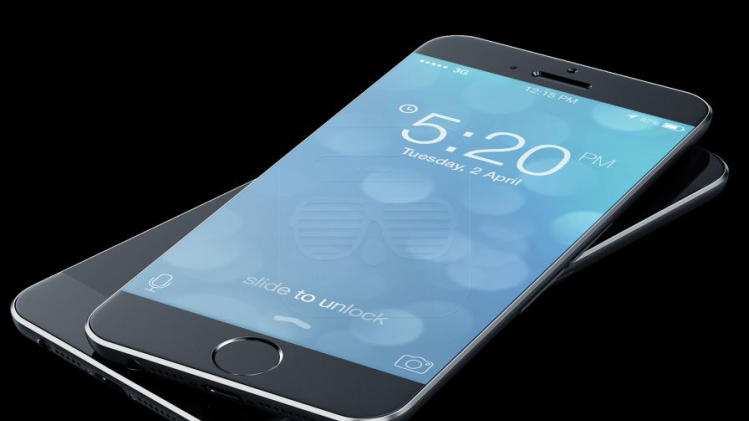
New mystery and controversy surround the iPhone 6
Evidence continues to mount that Apple’s next-generation iPhone 6 will include at least a few big “firsts.” It will supposedly be the first new iPhone to include a larger display that actually benefits users (as we noted when reviewing the iPhone 5,
the handset’s taller 4-inch screen didn’t really offer much of an
advantage to users over the iPhone 4′s 3.5-inch panel). It will also
likely be the first device to feature Apple’s new A8 processor as well
as several other new key components. Beyond that, it seems more and more
likely that the iPhone 6 will be the first mass-market cell phone to
feature a sapphire crystal display cover — but where is all that
sapphire going to come from?
Apple’s
move to a sapphire front panel isn’t confirmed by any means, but it
certainly looks like that will be the case. Beyond Apple’s investment in
sapphire maker GT Advanced, an executive from Gorilla Glass maker Corning basically had a fit
trying to convince the world that sapphire is a horrible material to
cover a smartphone screen. He definitely sounded like an exec who just
lost a good amount of business.
We also recently saw a report suggesting that Apple has everything it needs to make more than 100 million sapphire iPhone screen covers.
That seems like more than enough to take care of the iPhone 6 during
its launch quarter — the company’s current quarterly iPhone sales record
sits at 51 million — but a new report suggests Apple’s big GT Advanced bet doesn’t quite have the legs some industry watchers thought it would.
“US-based
GT Advanced Technologies (GTAT) is setting up a factory in Arizona for
exclusive supply of sapphire to Apple, with the factory to be able to
meet only 9.0-16.6% of demand for sapphire used in screen covers of a
new-generation iPhone in 2014,” Digitimes Research analyst Jessie Lin
wrote in a report on Friday. “The estimation is based on GTAT’s forecast
sales of US$188-348 million from sapphire material (not including
sapphire crystal growing equipment and technology).”
The
research notes that average production cost of a 4-inch sapphire wafer
is $30, and the group used a 5-inch wafer size when calculating its
estimates. The iPhone 6 is rumored to have a 4.7-inch display and will therefore need a sapphire panel larger than 4.7 inches to cover its face.
The
group estimates that Apple will ship 70 million next-generation iPhone 6
handsets this year, so it says GT Advanced’s sapphire yield will cover
16.6% of them at most.
Of note, 9to5Mac
thinks that Digitimes Research’s estimates are way off, and the cost of
producing each sapphire wafer for the iPhone 6 actually sits at about
$6.40.
This article was originally published on BGR.com

No comments:
Post a Comment